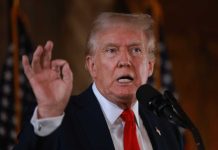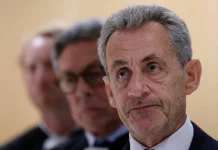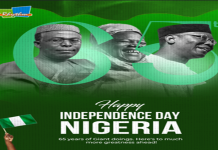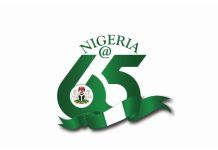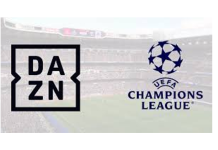U.S. President Donald Trump on July 31, 2025, signed a new Executive Order, shaking the foundations of international commerce by imposing a 15% import tariff on goods from Nigeria and 66 other nations.
The move, an extension of his earlier “Liberation Day” tariffs in April, signals a sharp escalation in his reciprocal tariff crusade—designed, in his words, to “level the playing field” against countries the White House claims impose lighter duties on American exports.
Why Nigeria’s on the List
Nigeria stands out for its asymmetric trade balance with the U.S.—exporting about $5.29 billion worth of goods in 2024 while importing only $3.88 billion. Washington argues that such disparities, coupled with lower Nigerian tariffs on U.S. products, make it a prime candidate for “reciprocal” punishment.
Abuja’s Countermove
Trade Minister Jumoke Oduwole acknowledged the headwinds but pointed to Nigeria’s pivot toward intra-African trade under the African Continental Free Trade Area (AfCFTA). In Q1 2025, non-oil exports within Africa surged 24% year-on-year, a sign the country is already broadening its market horizons.
The Central Bank of Nigeria has also stepped in, selling $197.7 million to steady the naira and cushion the shockwaves from weakening oil prices and tariff-induced volatility.
Dangote Sees a Silver Lining
Africa’s richest man, Aliko Dangote, isn’t panicking. While his urea exports now face the full 15% levy (up from 14%), he notes that competitors like Algeria are being hit with even steeper 30% rates—giving Nigeria a competitive edge in certain markets.
A Wider Trade War Brewing
Trump’s tariff blitz isn’t stopping at Nigeria. The U.S. is also targeting steel and aluminum (50%), autos and auto parts (25%), and has hinted at future hikes on pharmaceuticals, semiconductors, and even iPhones.
With 67 countries now caught in the tariff net, the global trade map is being redrawn—one Executive Order at a time.






